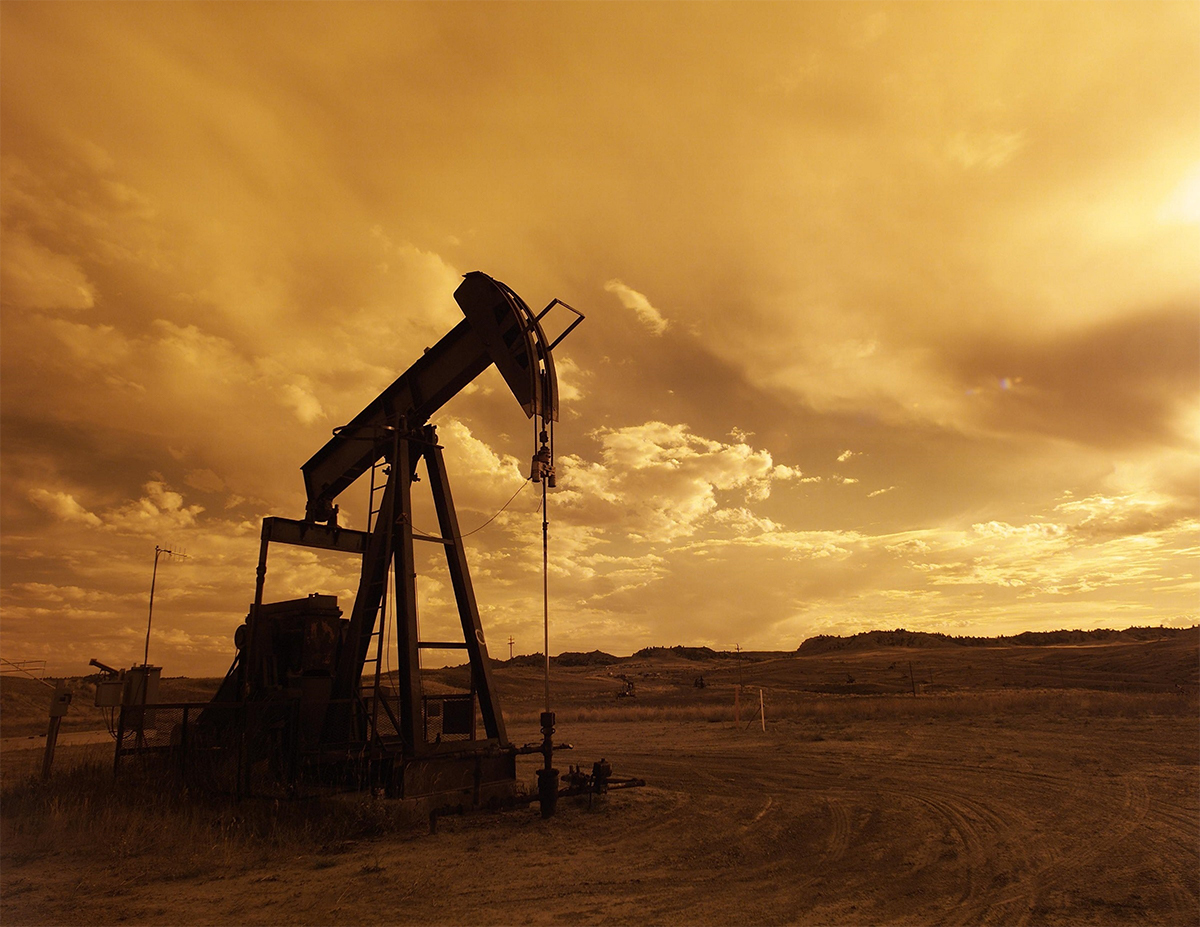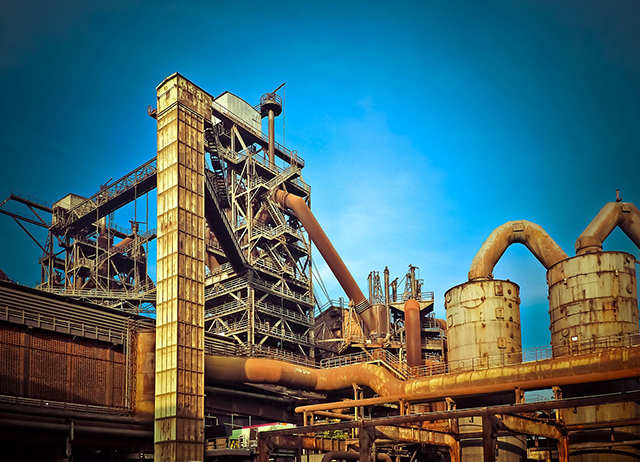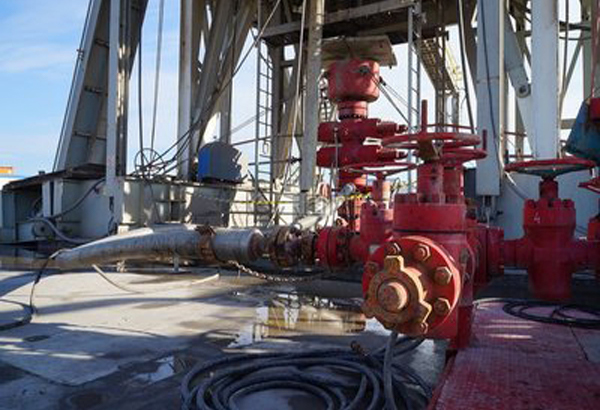Oil downhole exploration and reservoir data analysis
Oil downhole exploration
Downhole detection and reservoir data analysis are crucial aspects of oil exploration and production processes. By monitoring temperature and strain variations downhole, key data regarding reservoir properties, wellbore conditions, and fluid flow can be obtained. Distributed Temperature Sensing (DTS) and Distributed Acoustic Sensing (DAS) are two commonly used monitoring technologies in this context.

In downhole detection in the petroleum industry, DTS (Distributed Temperature Sensing) utilizes fiber optic sensors deployed along the wellbore to measure temperature distribution along the depth and well walls. Temperature changes can provide valuable information about fluid flow, water vapor distribution, reservoir pressure, and water injection effects, aiding in optimizing oil and gas extraction and production efficiency.
DAS (Distributed Acoustic Sensing) technology, on the other hand, utilizes fiber optic sensors to monitor acoustic signals, recording and analyzing real-time acoustic reflections and scattering downhole. This data can provide insights into rock fractures, wellbore integrity, downhole fluid flow, and pressure variations, serving as crucial information for oil and gas exploration and production decision-making.
Real-time monitoring of parameters such as temperature, pressure, and stress downhole is vital for effective management and optimization of oil well production in the petroleum industry. To meet this demand, Distributed Temperature Sensing (DTS) and Distributed Acoustic Sensing (DAS) monitoring technologies can be employed.
The DTS monitoring system, with fiber optic sensors deployed along the wellbore, continuously measures temperature variations along the depth. It provides continuous data on temperature distribution and helps determine temperature gradients and heat flow within the reservoir. DTS monitoring technology can also be used to detect anomalies such as temperature abnormalities and changes in wellbore conditions, enabling timely actions to protect wellbore integrity and production efficiency.
The DAS monitoring system utilizes fiber optic sensors to measure strain variations inside the wellbore. It can monitor wellbore deformations, stress distribution, and the movement of liquids or gases. DAS monitoring technology provides high-resolution strain data, which helps analyze the physical properties of the reservoir and fluid dynamics, offering important insights into oil well production and reservoir conditions.

The key features of DTS and DAS monitoring systems include:
Real-time monitoring: DTS and DAS monitoring systems provide real-time downhole temperature and strain data, enabling operators to stay informed about changes in wellbore and reservoir conditions.
High-resolution data: These monitoring systems are capable of capturing temperature and strain data at high resolutions, providing detailed downhole environment information to support more accurate data analysis and decision-making.
Multi-parameter monitoring: DTS and DAS monitoring technologies can simultaneously monitor multiple parameters such as temperature, strain, and pressure, providing comprehensive data support for integrated analysis and reservoir evaluation.
Remote access and control: The monitoring systems can be accessed remotely through network connections, allowing operators to view and analyze data from any location and make timely decisions and adjustments.
Data analysis and reporting: The monitoring systems are equipped with data analysis software that processes and analyzes the acquired data, generating reports and trend charts to assist in optimizing oil well production and reservoir management.

By adopting DTS and DAS monitoring technologies, the oil industry can achieve real-time monitoring and analysis of downhole temperature, strain, and other key parameters. This solution provides in-depth insights into oil well production and reservoir behavior, helping to improve production efficiency, reduce costs, and ensure sustainable development and management of oil fields.





